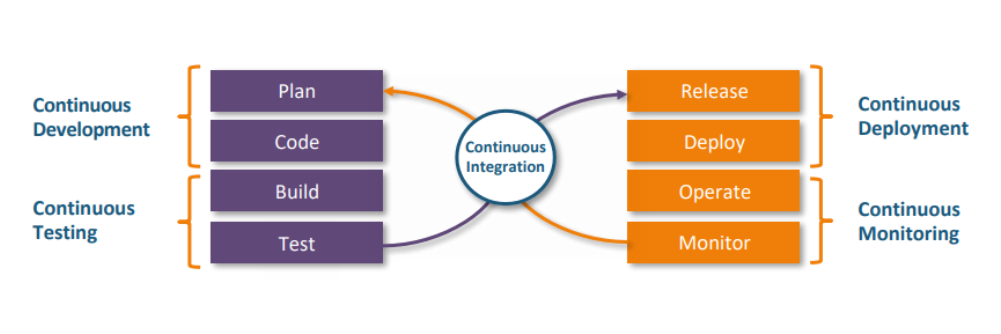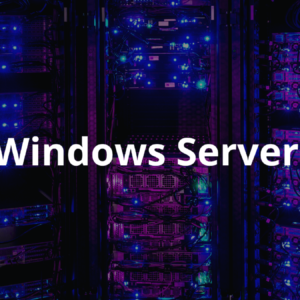What is DevOps and How DevOps Works?
Using a variety of automation tools, the software development process known as DevOps enhances the cooperation between operations and development teams. The DevOps Lifecycle’s several stages are used to implement these automated technologies.
Increasing an organization’s speed in providing apps and services is the aim of DevOps. Numerous businesses, including Amazon, Netflix, and others, have effectively used devOps to improve their customer experience.

For instance:
Facebook’s mobile app, which is updated every two weeks, effectively communicates to users that they can have anything they desire. Have you ever questioned how Facebook managed to achieve social smoothing? Facebook benefits from the DevOps mindset, which ensures that apps are up to date and that consumers have the greatest possible Facebook experience. Facebook implements this true code ownership model, which holds its developers accountable for testing and providing support for every kernel of code through production and delivery. This is how they write and change their actual policies, but Facebook has successfully accelerated its development lifecycle and established a DevOps culture.
By reducing their resources to weeks and months rather than years, industries have begun to prepare for the digital revolution while preserving high standards. DevOps is the answer to all of this.
How Does DevOps Operate?
The SDLC lifecycle is broken down into the following stages by the DevOps Lifecycle:
The DevOps Engineering – Planning to Production course provides a comprehensive guide with real-world examples and best practices to help you completely understand how DevOps operates from planning to production.
- Continuous Development: In this phase, code is committed to version control systems like Git or SVN to maintain multiple code versions, and Ant, Maven, and Gradle are used to build and package the code into an executable file that can be sent to QAs for testing.
- Continuous Integration: Throughout the entire DevOps Lifecycle, this stage is crucial. It is the key to automating the entire DevOps process because it deals with integrating the various stages of the DevOps lifecycle.
- Continuous Deployment: This phase involves building the code, containerizing the environment or application, and pushing it to the preferred server. Configuration management, virtualization, and containerization are the main procedures in this phase.
- Continuous Testing: This phase handles the developer’s automated testing of the program. If an error occurs, the integration tool receives the message and tells the developer of the problem. Integration-tool receives the message if the test was successful, and it pushes the build to the production server.
- Constant Monitoring: The stage keeps an eye out for errors or failures in the deployed application. Additionally, it can be configured to gather user input. The developers then receive the gathered data to enhance the application.
Are you prepared to use DevOps to optimize your software development and deployment process? DevOps Live Course, designed for all professionals working in continuous integration, delivery, and deployment. Through an interactive workshop with practical real-world projects, learn about industry best practices, cutting-edge tools, and automation strategies. This course gives you the tools you need to optimize processes and produce high-caliber software in the shortest amount of time, regardless of your level of experience with DevOps. Now is the time to advance your DevOps abilities and realize the benefits of more efficient software development!
Share this content:







